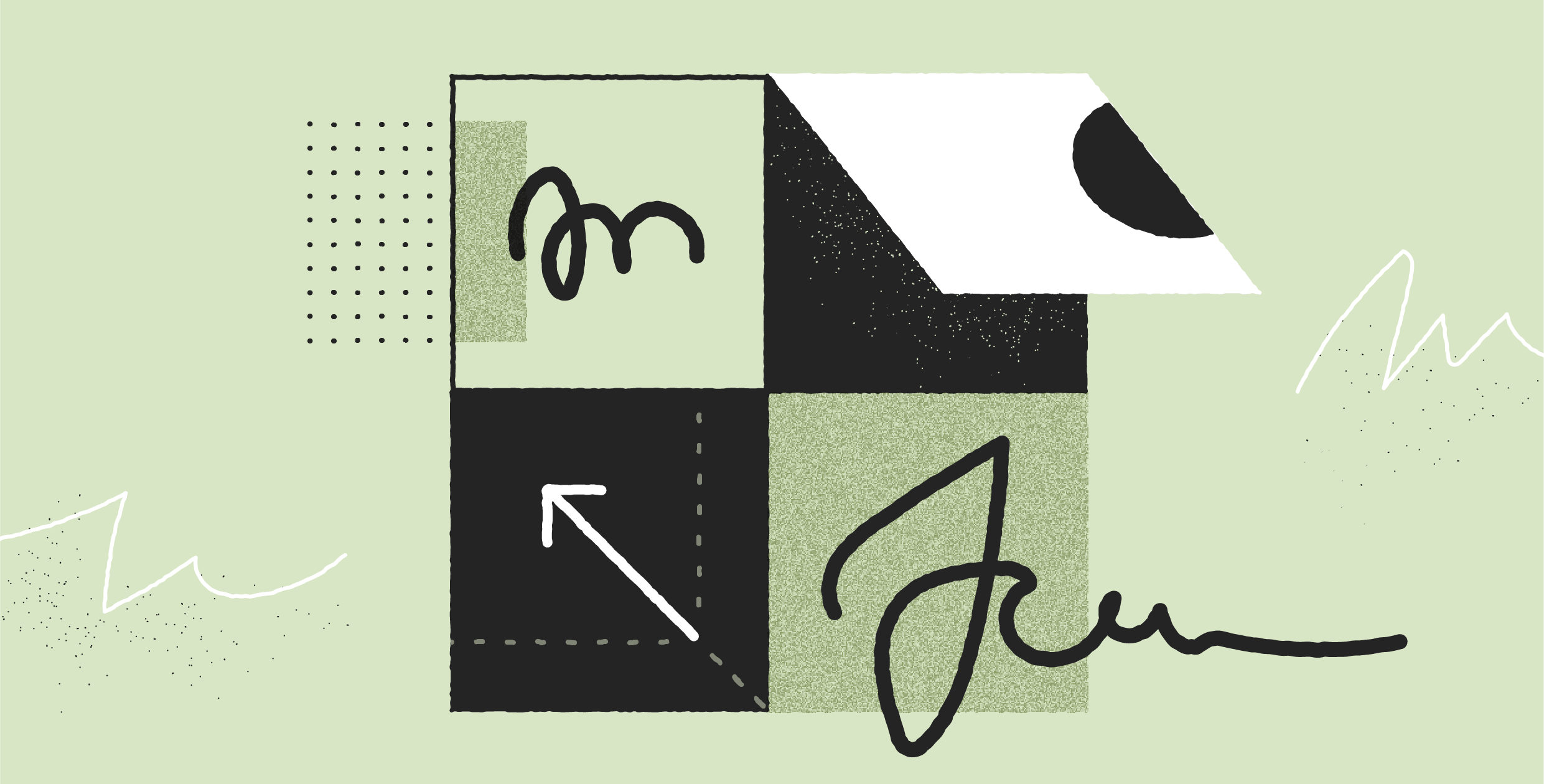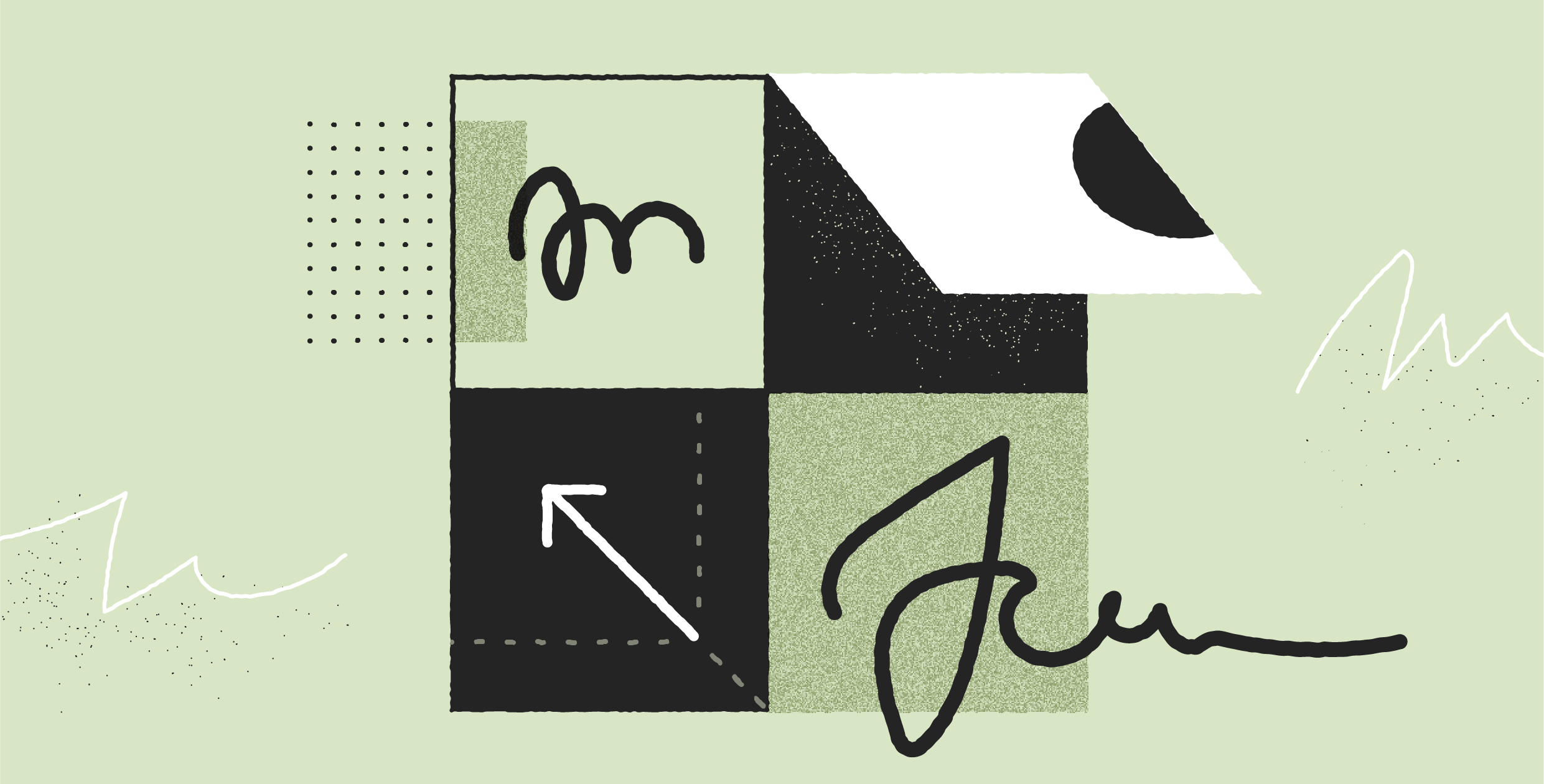
You offer competitive prices and the best customer service in the industry. Even so, you are still struggling to close deals. If this sounds familiar, it’s likely that your proposals are not giving you the strong start that you need. While the information may all be there, poor design can severely undermine your proposal’s effectiveness.
A business proposal condenses the value you’ll provide to a prospective client into a few glossy pages of information. It is usually the first step to convincing a prospect that they should choose you over your competitors. With so much at stake, how you present your proposal is almost as important as what it contains. A consistent design, coherent brand, and clear message is the winning formula for a successful business proposal.
Importance of a well-designed proposal
Many business owners sweat over the contents of a business proposal but pay little attention to how the information is presented. Even if you’ve included all the relevant information, your prospect won’t be impressed if the proposal isn’t easy to read. A functional design is vital – your prospective clients are busy people and will reject a messy business proposal in favor of one that is easier on their eyes and brain.
As the owner of a custom web design and development agency, I understand the importance of great business proposals and have seen first hand how a strong proposal can seal the deal, while a weak proposal can lose sales.
Great proposal design makes the right information stand out, reflects the core of the business, and gives you the competitive edge you need. Make your prospects an offer they can’t refuse with a proposal that is concise, easy to read, and conveys what your brand stands for.
Read on to learn how to do just that.
Major elements of a proposal
A proposal can be broken down into four main parts:
- Cover letter: A strong cover letter gives the reader a quick introduction to your brand and the people behind it. Before you dive deep into your offering, this is the chance to establish a connection. Since people prefer to buy from those they know and trust, relationship building is a vital part of landing customers.
- Data: Your proposal must contain all the relevant information to help your prospect make an informed choice. Break up the text with graphs, charts, and images as applicable. This makes it scannable and easy to read. Remember to ensure all visual assets are on-brand.
- Testimonials: You believe your company is the best bet for your prospective client’s project, but do others agree? Include testimonials from existing clients and successful case studies from previous projects you’ve completed. This taps into social proof theory and builds trust. Pro tip: try to include testimonials from clients that have something in common with your prospect. There’s usually no point including a testimonial from a clothing retailer if you’re pitching to a SaaS company, for example.
- End strong: You have done all you can to convince the prospect they need your services. End with a clear call to action that lays out the next steps needed to close the deal.
Though your proposal can be broken down into these component parts, I recommend thinking of it as one cohesive whole. It is the start of a conversation with the client, and every element needs to move you closer to your eventual goal: closing the sale.
Get these basics right before you start experimenting with design. Once your foundation is set, you can build on it. In the next section, we’ll learn how to do that effectively.
5 design tips for proposals to land more customers
You’ve collated all the information into the bare bones of a proposal. Now what? This is where great design can help set your proposal apart from others. Good design bridges the gap between a proficient but lackluster pitch, and one that closes the deal.
Here are my top design tips for proposals to help you take yours to the next level and start to land more customers than ever before.
- Less is more
You know your business inside out and are proud of what you do. Naturally, you will want to include as much information as you possibly can in your proposal. However, this may end up cluttering the pages and ruining the overall effect.
Instead, keep the proposal tight and to the point. If a piece of information isn’t directly relevant to this prospect, remove it. Use short paragraphs and sentences, and break up the blocks of text with bullet points, tables, charts, and imagery to make for an easier read.
A focused proposal shows that you have taken the time to tailor it and that you understand what the customer is looking for. Remember: convince them, don’t confuse them!
- Tell them where to look
Your proposal must draw attention to the most important information. This information should pop out from the page, drawing the eye to it immediately. Design can help you do this.
For example, if you achieved amazing results on a similar project, use a bold graph to showcase those results in an eye-catching manner. You could also highlight a particular achievement with a contrasting color so that it stands out. Do this sparingly, though – too much looks messy.
If possible, use visual content to help make the most important points. Many people find images an easier way to absorb information, and then can convey a lot of information while taking up a relatively small amount of real estate on the page.
Gone are the days of text-heavy proposals. Modern documents are all about efficiency. Your client is strapped for time and probably has many proposals landing on their desk for consideration. You will have only moments to make your business stand out. Make those moments count by drawing the prospect’s attention to the right place.
- Invest in great images
A picture is worth a thousand words, so the saying goes. And it’s true. But images aren’t all equal; they must be relevant, of high quality, and add value to your proposal. Therefore, make sure you invest in great images for your proposals.
Any photographs you use should be professionally taken and edited. This includes product photos. This is no time for smartphone snaps! Make sure that any charts, graphs, or infographics are of the highest possible quality, too. Blurry or low-resolution images will undermine your proposal’s professionalism and could lose you the sale.
Great imagery is particularly important if your business operates in a highly visual niche such as graphic design, fashion, or marketing. But any business that relies on proposals to land customers should be investing in high-quality images.
- Be consistent with your branding
Your visual brand identity should be apparent in your proposal. This presents a polished, professional, and cohesive image. It also aids brand recognition. Therefore, ensure you use your brand colors, fonts, and logo throughout your proposal.
Here’s an easy test: is your proposal easily recognizable as yours? That is if you were presented with an array of proposals, would you immediately know which one was your company’s? If not, it’s likely not sufficiently branded and you should go back to the drawing board.
- Make the text easy to read
You wouldn’t believe how many proposals I’ve seen that were typed in hard-to-read fonts. Ensure you choose a simple, professional font that is easy to read. If your main brand font is not easy to read in large chunks, use it only for titles and headings, and revert to Times New Roman or Calibri for the body of the text.
Similarly, pay attention to margins. Margins that are too small can make the page look like a cluttered “wall of text”. They are underrated but powerful tools of design that can make your proposal far more reader-friendly.
This is where templates can come in handy to help you get the right look for the proposal. Find a suitable template for your industry and niche, and then adapt it to create a proposal that is uniquely yours.
Bottomline
With these design tips for proposals, you can create fantastic documents that will drive conversions by convincing your prospects that you’re the best in the business. Remember: your proposal is both a marketing tool and a conversation opener. Treat it accordingly.
Fortunately, platforms like PandaDoc have created robust and customizable proposal templates to make your job easier.
You only have a short time to grab your prospect’s attention with a great proposal and convince them to choose you. Put the time in to create a document that shows off your brand in its best right, and you’re sure to reap the rewards.
Looking For Document Management System ?
Call Pursho @ 0731-6725516
Telegram Group One Must Follow :
For Startups: https://t.me/daily_business_reads





